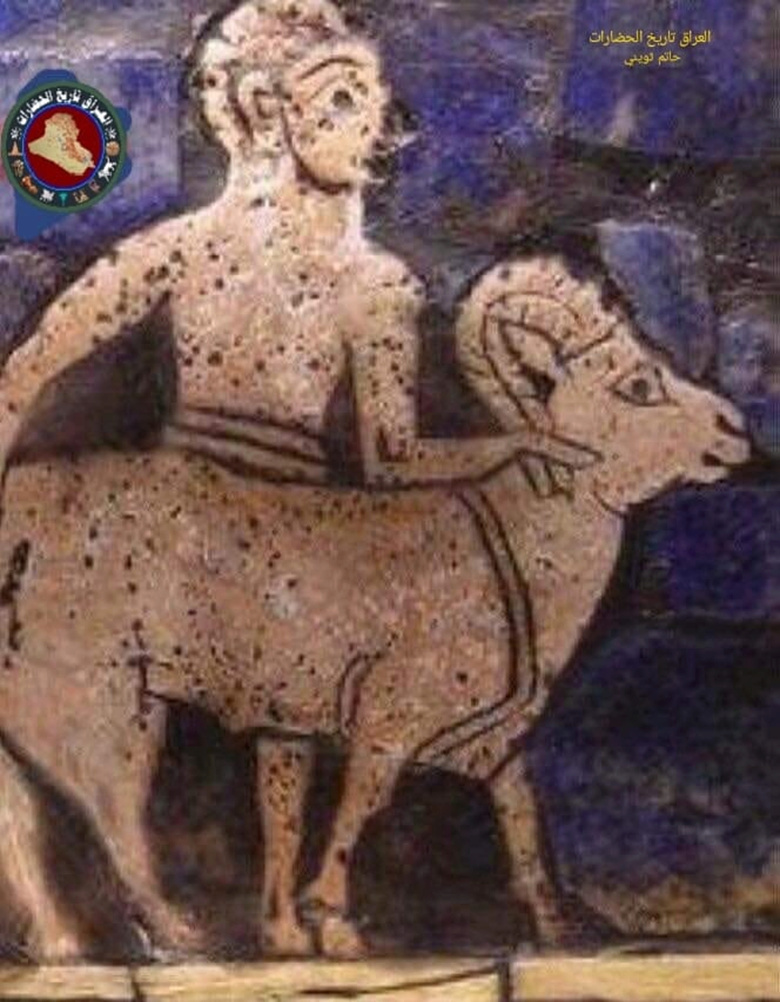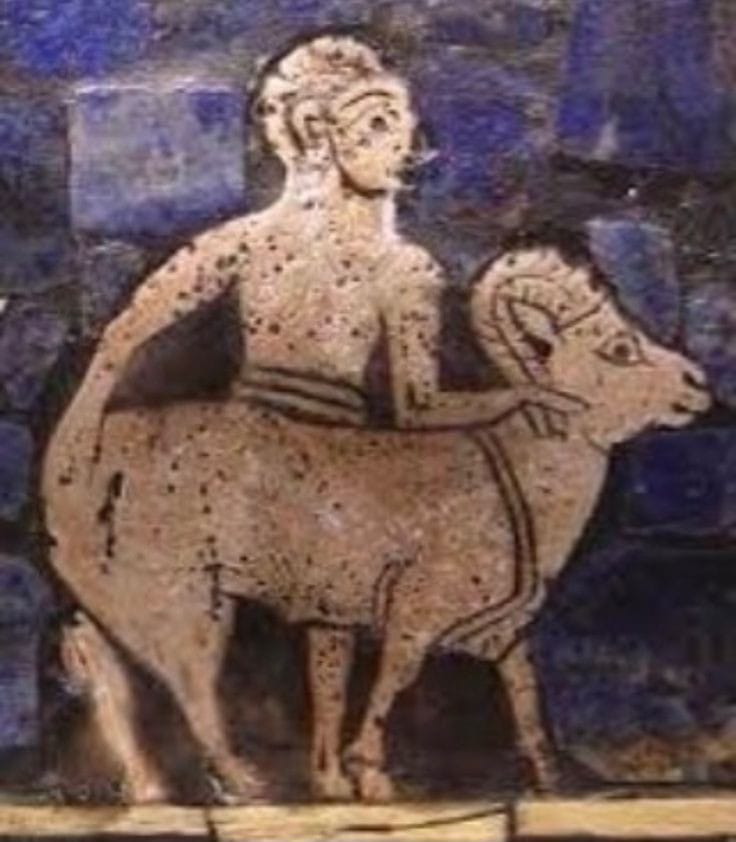The culture of slaughtering sheep during holiday rituals in Mesopotamia

During holiday celebrations in Mesopotamia, the high priest would pray in the temple and then go to the door of the temple to open it. The priests of the temple would get up and perform prayers and sing hymns before the god (Marduk and his wife). Then, after sunrise, the high priest would be alone in performing prayers for Marduk. Then he participates with the rest of the priests by sprinkling the corners of the temple with disinfectant water, drums are beaten, prayers are recited, and incense is burned.
Then, finally, a sheep would be slaughtered from its neck, as we do nowadays, and the walls of the temple would be wiped with its blood, and its head and body would be thrown into the river. It was believed that this scapegoat would take with him all the sins of that year.

It was a religious custom in Mesopotamia during celebrations and holidays to sacrifice a sheep. The flowing blood represents a supplication in itself, and its head and body are thrown into the river or offered to the temple. The prevailing belief was that this ram takes with it all the sins of that year and keeps evil away from the one who sacrifices it.
Source: websites

